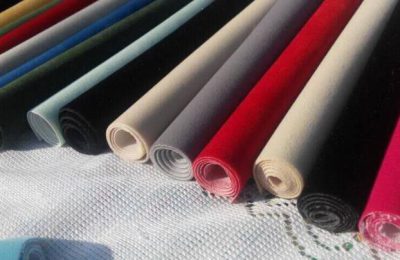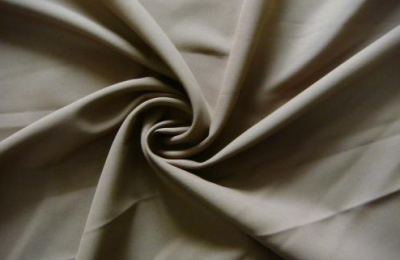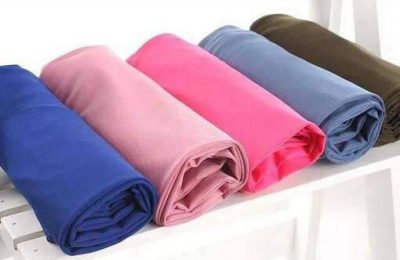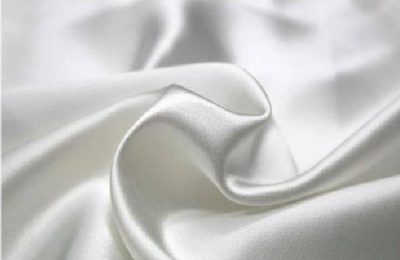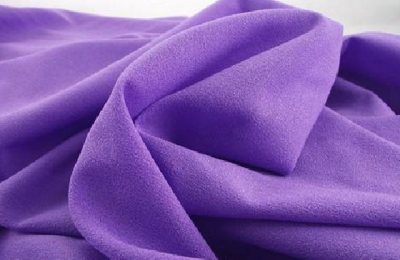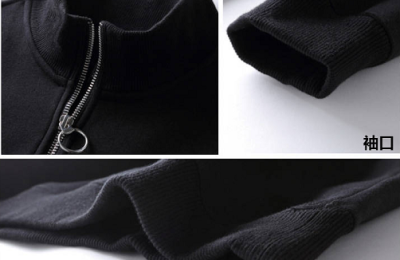Excuse me: What is Japanese wet-laid non-woven fabric? Is it a fabric? What’s so special about it? What functions and functions does it have? Don’t worry, please listen to me.
A special purpose of wet forming nonwoven technology is to make nonwoven fabrics have some properties of textiles, such as breathability, flexibility, strong tension, etc., which is very different from papermaking.
There are many fibers suitable for wet forming, including renewable materials, such as flax, jute, coconut shell, cotton, abaca, wood chips, etc.; chemical fibers, including viscose fiber, PET, CoPET, PA6, PP , PAN, aramid, etc.; adhesive fibers, such as PVA, T/C, bicomponent fiber, etc.; high-tech fibers, such as metal fiber, glass fiber, carbon fiber, pulp fiber, recycled fiber, etc.
Depending on the different fibers used, Japanese wet-laid non-woven fabrics can be used in many ways! Wet spinning not only requires a wide variety of bulky dope preparation and pre-spinning preparation equipment, but also coagulation baths, circulation and recovery equipment. The process is complex, the plant construction and equipment investment costs are large, and the spinning speed is low, so the cost higher.
When manufacturing segmented fibers, spinnerets with tens of thousands of holes or integrated spinnerets can be used to increase production capacity.
Generally, only synthetic fibers that cannot be melt spun, such as polyacrylonitrile fibers and polyvinyl alcohol fibers, are suitable for wet spinning of polymer solutions to produce segmented fibers and filament bundles.
Suzhou ptfe filter membrane manufacturer provides Japanese wet-laid non-woven fabrics and other types of non-woven fabrics. Interested parties can contact us by phone or enter the store for consultation and purchase.
</p



